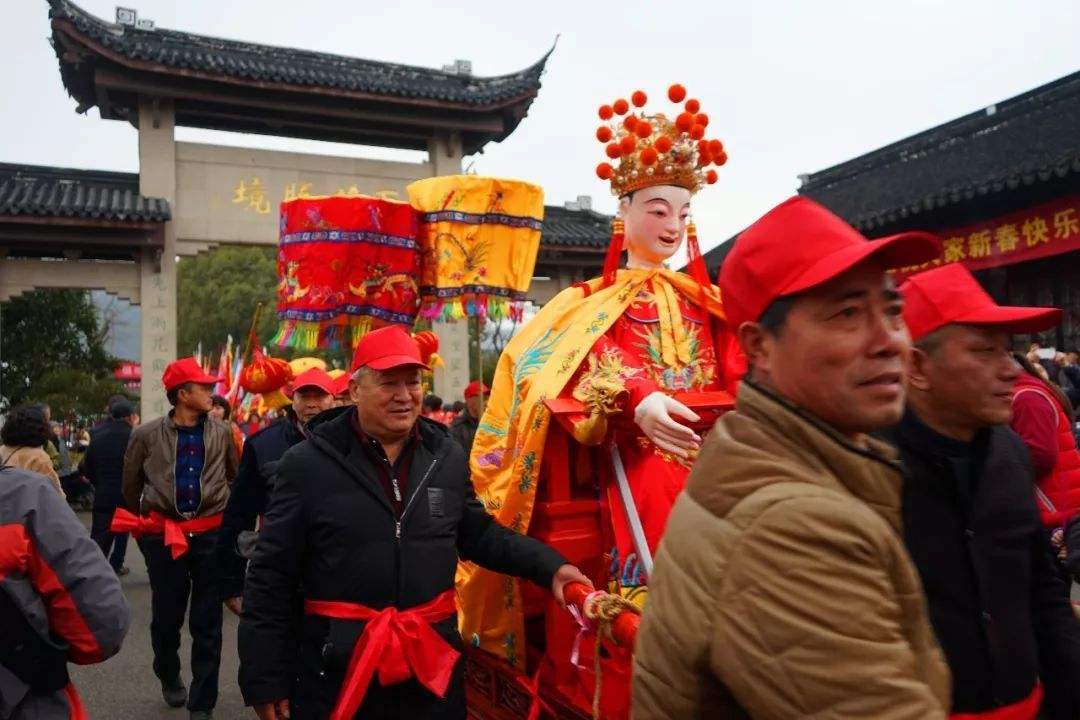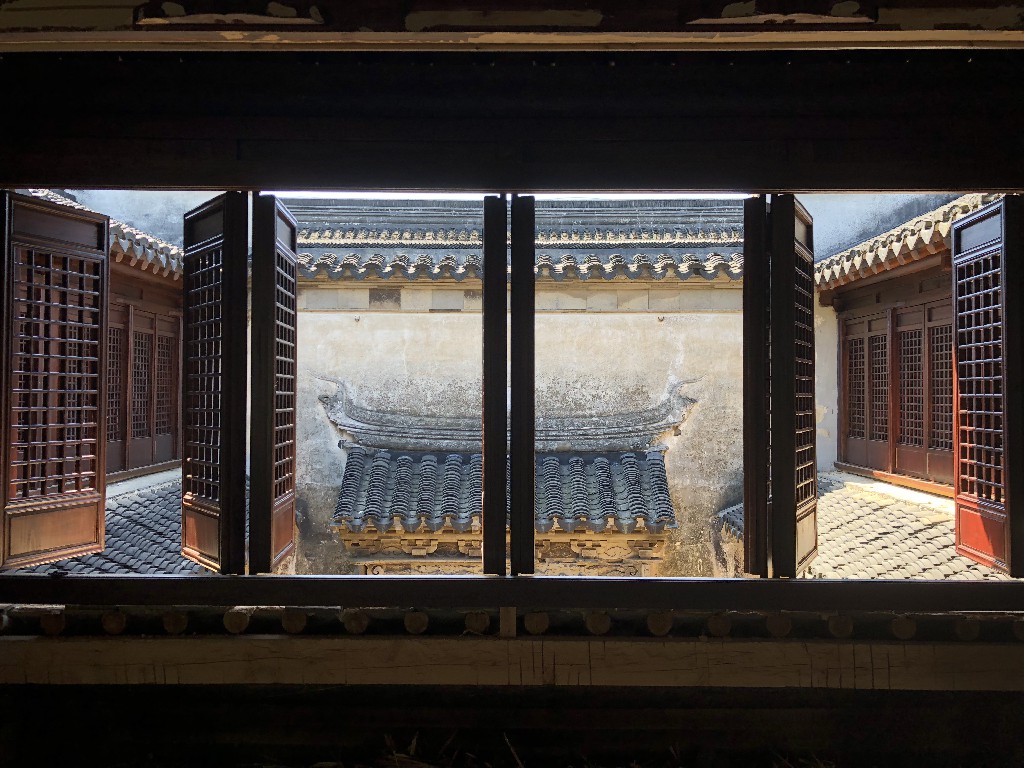Accomodation
Suzhou Dongshan
The Linden Centre, Rongchuntang, is situated in Wengxiang Ancient Village of Dongshan, Suzhou. It was originally built by Liu Gongbao, a local wealthy merchant of Qing Dynasty. It is representative of Dongshan late Qing architecture and is the largest ancient residence still remaining in the area. The site covers an area of over 3,000 ㎡. Due to its massive size, people in Dongshan have come to call Rongchuntang "the house with 108 rooms".
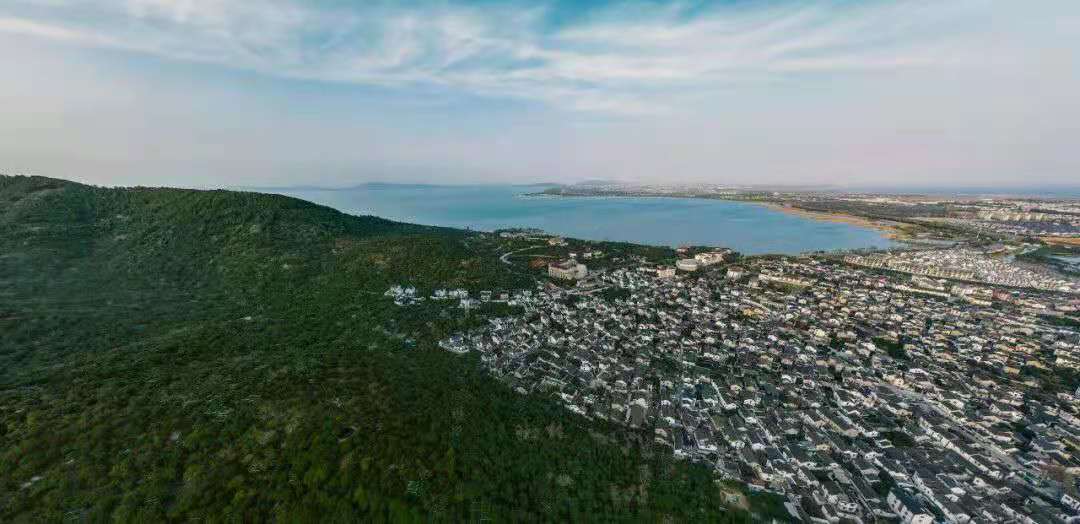
Dongshan town is divided into 13 villages. These 13 smaller communities make up a population of 54,000 that converse largely in their local dialect (the Wu dialect) and work mostly within the agriculture and tourism service industries. Among these 13 villages, the 4 most distinct ancient villages are Luxiang, Yangwan, Wengxiang, and Sanshan Island, containing 235 historic buildings from the Ming and Qing Dynasties. What’s even more treasured, local people still reside in most buildings maintaining their traditional Suzhou life-style. Subsequently, these villages are now seen as society’s living breathing architecture museums.
The Linden Centre, Rongchuntang, is situated in Wengxiang Ancient Village of Dongshan, Suzhou. It was originally built by Liu Gongbao, a local wealthy merchant of Qing Dynasty. It is representative of Dongshan late Qing architecture and is the largest ancient residence still remaining in the area. The site covers an area of over 3,000 ㎡. Due to its massive size, people in Dongshan have come to call Rongchuntang “the house with 108 rooms”.
The “Xiangshan Craftsman Group” (UNESCO intangible cultural heritage) spent two years at Rongchuntang for restoration. Relying on the concept of “activating cultural relics”, The Linden Centre has imbued this historical courtyard with new charm and vitality through space design, exhibition planning and practical activities. This gives the opportunity to tourists from all over the world to truly immerse themselves in traditional Suzhou culture.
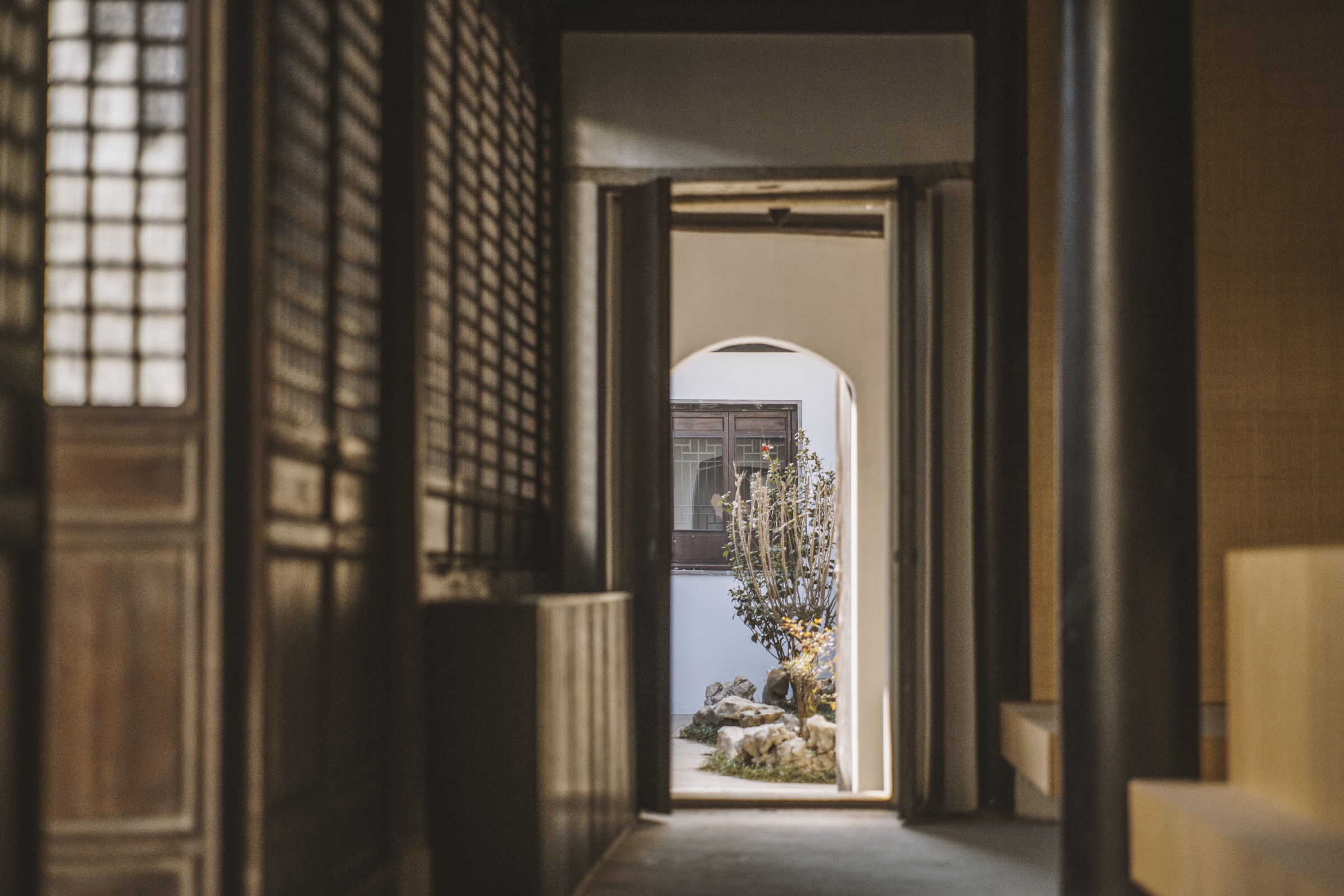
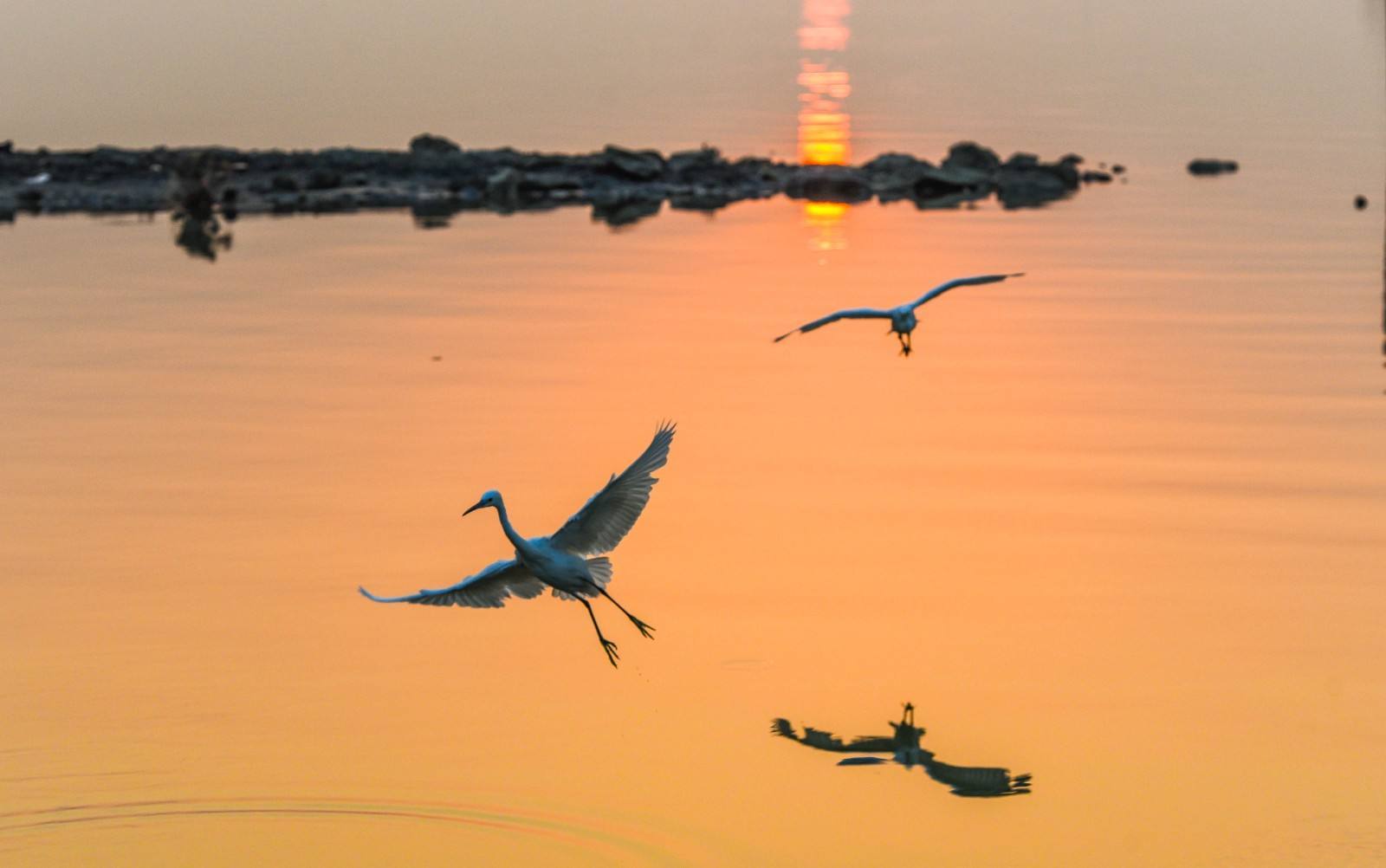
Located 1 km from Rongchuntang, Taihu Lake ranks the third among the five largest freshwater lakes in China with more than 50 major rivers running in and out. Taihu Lake is also an important wetland ecological protection area in China. During the migration season, thousands of birds with more than 177 species stay, roam and forage here. There are also abundant aquatic plants growing here.
Cuifeng Valley is a significant Dongshan landmark located under the Molifeng Peak and right behind our hotel site, Rongchuntang. The Cuifeng Temple in the Tang Dynasty, Tianyi Temple in the Song Dynasty, and Yaoshi Temple in the Ming and Qing Dynasties were all there. The moist climate and the natural brown sandy soil garnered from the weathered remains of rocks are very suitable for the cultivation of fruit and tea trees. In early morning, a casual stroll around our hotel site is enjoyable for the natural freshness.
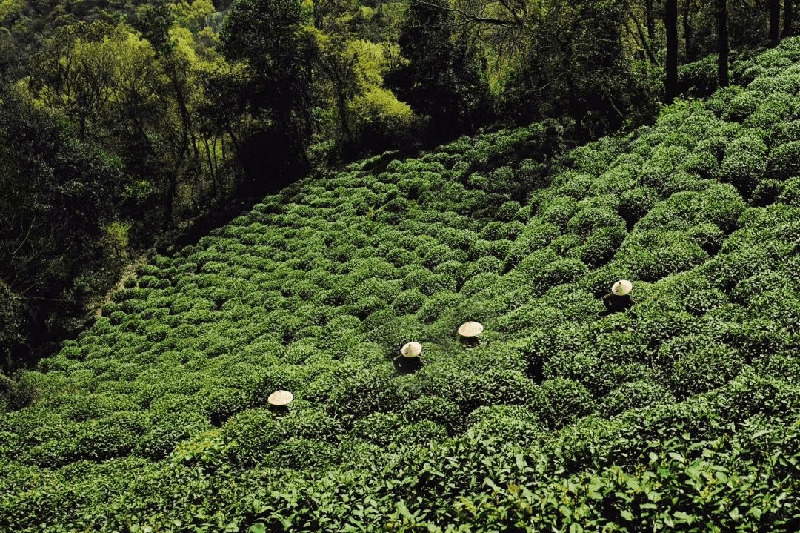
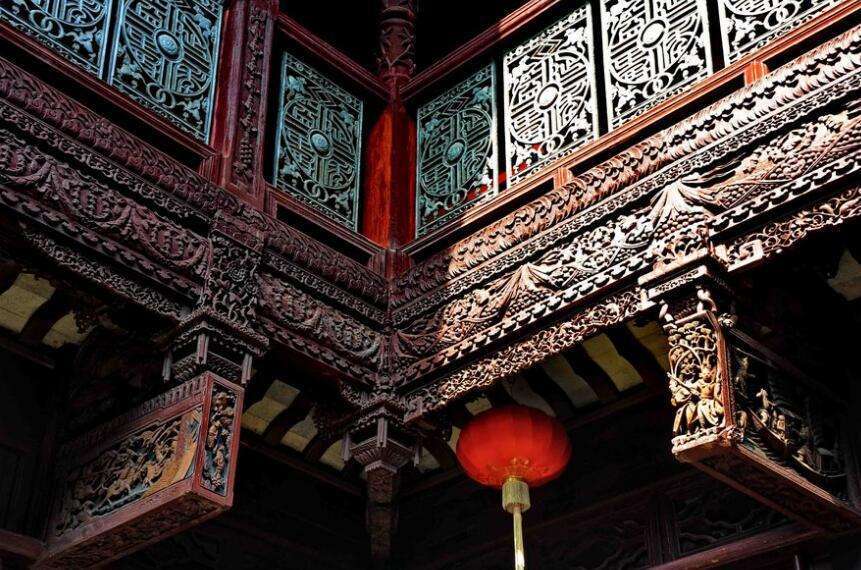
Dongshan (area of 96㎢) currently has over 300 historic architectural relics from multiple Chinese dynasties. Other than the essential spots open to the public (Zijin Temple – Tang Dynasty, Xuanyuan Temple – Yuan Dynasty, Building of Carvings – The Republic of China), there are also many relatively lesser known ancient temples, residential dwellings, bridges, private gardens strewn throughout every ancient village.
Dongshan local folk beliefs are largely based around “General Liu”, a hero repelling locusts. There are over 50 temples specifically dedicated to General Liu now in Dongshan. In the first month of the lunar year, locals also hold a large-scale event known as “The Cruise of General Liu”. What’s more, on the 24th of June in the lunar calender, Dongshan people celebrate the birthday of the Lotus Goddess by hosting a unique lotus festival.
